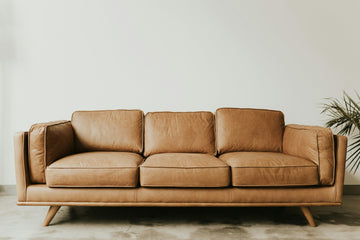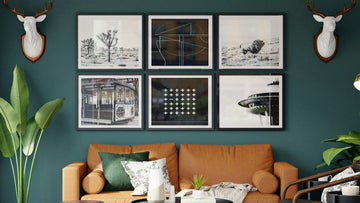Curtains are more than coverings for windows; they are central to how a room is perceived. Their presence influences light, scale, and flow, making them a key element in interior planning. One of the most noticeable effects of curtains is how they shape height and width. Longer designs that extend to the floor tend to create a sense of vertical extension, while shorter cuts emphasize practicality and open visibility. By adjusting placement, a window can appear taller, broader, or more balanced.
Fabric density is another factor. Heavier textiles block more light and provide a sense of enclosure, while lighter options allow illumination to filter through, softening shadows and lines. Layered curtains combine both, offering flexibility between privacy and openness. Hardware contributes too; rods installed above the frame elongate walls, while those extending beyond edges increase perceived window size.
Curtains also interact closely with other decorative elements. Their patterns, tones, and proportions can echo motifs within wall art, clocks, or furniture, reinforcing unity. Alternatively, a contrasting style introduces variation, creating balance within a room. Because they frame views and light, curtains establish rhythm between inside and outside, bridging architectural structure with interior design. In this way, they serve not only as functional additions but as defining components of a room’s atmosphere.



